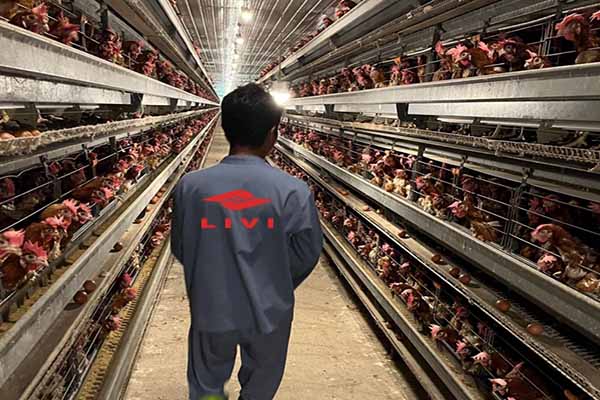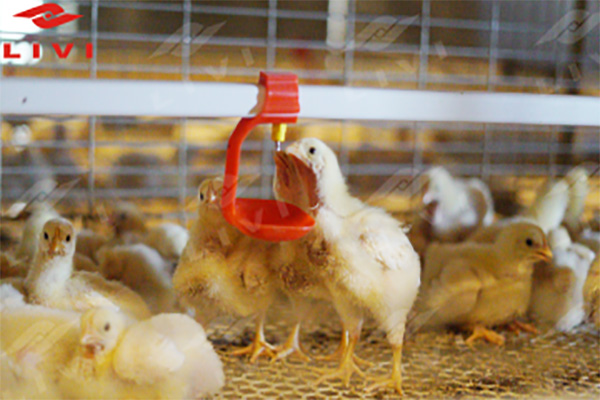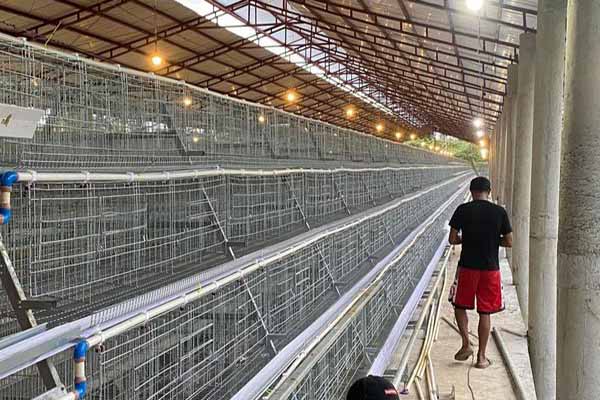Tanzania Chicken House Temperature and Humidity Automatic Control System: A Comprehensive Guide
Time : 2025-06-26
The success of poultry farming, particularly in Tanzania, heavily relies on maintaining optimal conditions within the chicken house. One of the critical factors in achieving this is the temperature and humidity control system. This article delves into the intricacies of an automatic control system tailored for chicken houses in Tanzania, providing a comprehensive guide to ensure the health and productivity of the birds.
Introduction to Automatic Control Systems in Chicken Houses
Automatic control systems are essential in modern poultry farming as they help maintain the ideal conditions for the birds, thereby enhancing their growth and productivity. In Tanzania, where the climate can be extreme, these systems are even more crucial. An automatic control system for a chicken house typically includes sensors, controllers, and actuators that work together to regulate temperature and humidity levels.
Why Temperature and Humidity Control is Important
Temperature and humidity have a significant impact on the health and performance of chickens. Extreme temperatures can lead to stress, decreased egg production, and even death. Similarly, excessive humidity can promote the growth of pathogens, leading to diseases among the flock. Therefore, maintaining optimal temperature and humidity levels is essential for the success of any poultry operation.
Components of the Automatic Control System
1. Sensors
Sensors are the first line of defense in an automatic control system. They detect the current temperature and humidity levels within the chicken house. Common types of sensors used in poultry farming include thermocouples, thermistors, and capacitive humidity sensors. These sensors are strategically placed throughout the house to provide accurate readings.
2. Controllers
Controllers are the brain of the system. They receive input from the sensors and make decisions based on pre-programmed parameters. The controllers can be either analog or digital. Analog controllers use a simple on/off control strategy, while digital controllers offer more sophisticated control algorithms, such as proportional-integral-derivative (PID) control.

3. Actuators
Actuators are responsible for making changes to the environment when the temperature or humidity levels deviate from the desired setpoints. Common actuators used in chicken houses include fans, heaters, humidifiers, and dehumidifiers. These devices are activated by the controller to adjust the environment accordingly.
include fans, heaters, humidifiers, and dehumidifiers. These devices are activated by the controller to adjust the environment accordingly.
Installation and Operation of the System
1. Installation
Proper installation of the automatic control system is crucial for its effectiveness. The following steps should be followed during installation:
- Position the sensors at strategic locations within the chicken house to ensure accurate readings.
- Connect the sensors to the controller using appropriate wiring.
- Install the actuators in the correct locations and connect them to the controller.
- Program the controller with the desired temperature and humidity setpoints.
2. Operation
Once the system is installed and programmed, it can be left to operate autonomously. The controller continuously monitors the sensor readings and adjusts the actuators as needed to maintain the desired conditions. Regular maintenance and calibration of the sensors and actuators are essential to ensure the system remains effective.
Benefits of Using an Automatic Control System
1. Improved Growth and Productivity
By maintaining optimal temperature and humidity levels, chickens experience less stress, resulting in improved growth rates and increased egg production.
2. Reduced Disease Risk
Proper temperature and humidity control reduces the risk of diseases caused by pathogens that thrive in extreme conditions.
3. Energy Efficiency
Automatic control systems help optimize energy consumption by adjusting the actuators based on the actual needs of the chickens, resulting in lower operational costs.
Conclusion
Implementing an automatic control system for temperature and humidity in a chicken house in Tanzania is a wise investment for any poultry farmer. It ensures the health and productivity of the birds, reduces disease risk, and improves energy efficie ncy. By understanding the components and operation of the system, farmers can make informed decisions and optimize their poultry operations.
ncy. By understanding the components and operation of the system, farmers can make informed decisions and optimize their poultry operations.











